TONGARIRO Crossing: Explore an Active Volcano in New Zealand’s Scenic Landscape
The single-day Tongariro Alpine Crossing, despite some obscured views due to the weather, was enchantingly otherworldly. The mist created an alien-like atmosphere that was utterly captivating. Even after visiting six active volcanoes over a decade, I found myself in awe of this place.
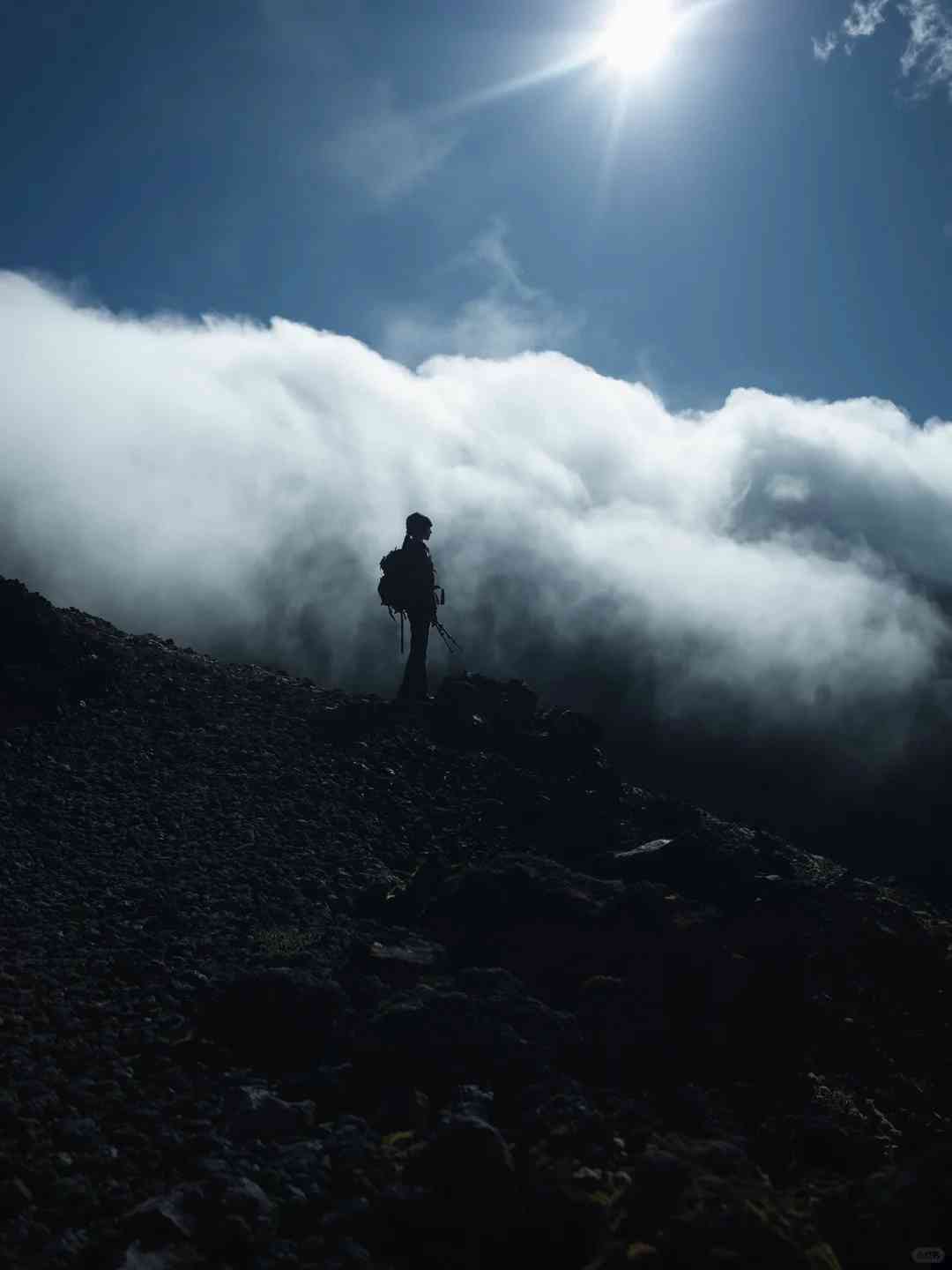
Venturing into the clouds along the desolate saddle, I felt my way through the dense fog to the crater with almost zero visibility. As the thick mist began to lift, I was suddenly confronted with the stark contrast of iron-black and crimson red, realizing I was standing at the very heart of the Earth.
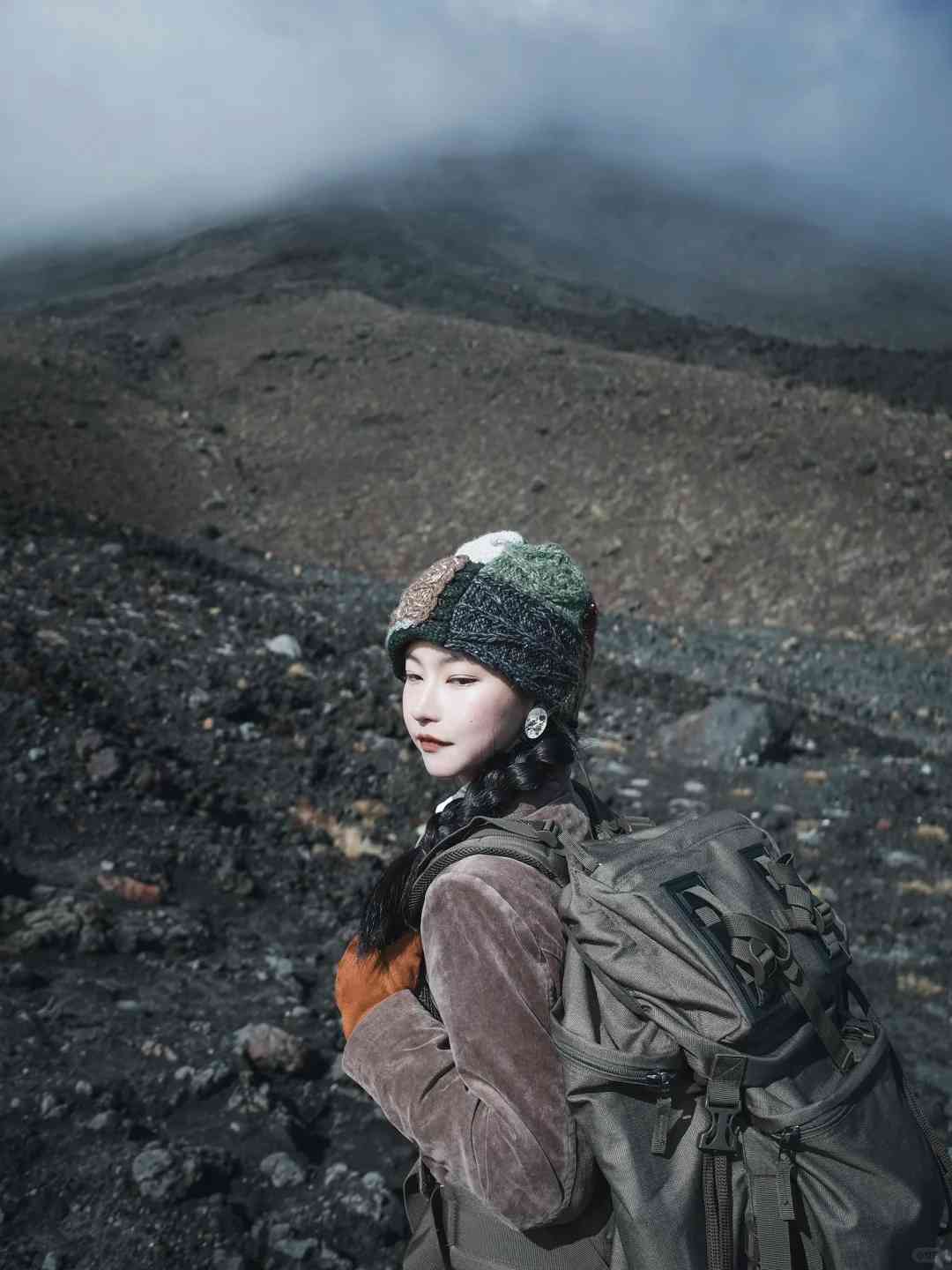
On one side, the terrain was a cooled, rust-colored expanse; on the other, four volcanic lakes, ranging from blue to green, were strung together by billowing geothermal white smoke. It was an incredible honor to be part of this natural pulse, feeling the raw energy of the Earth beneath my feet.
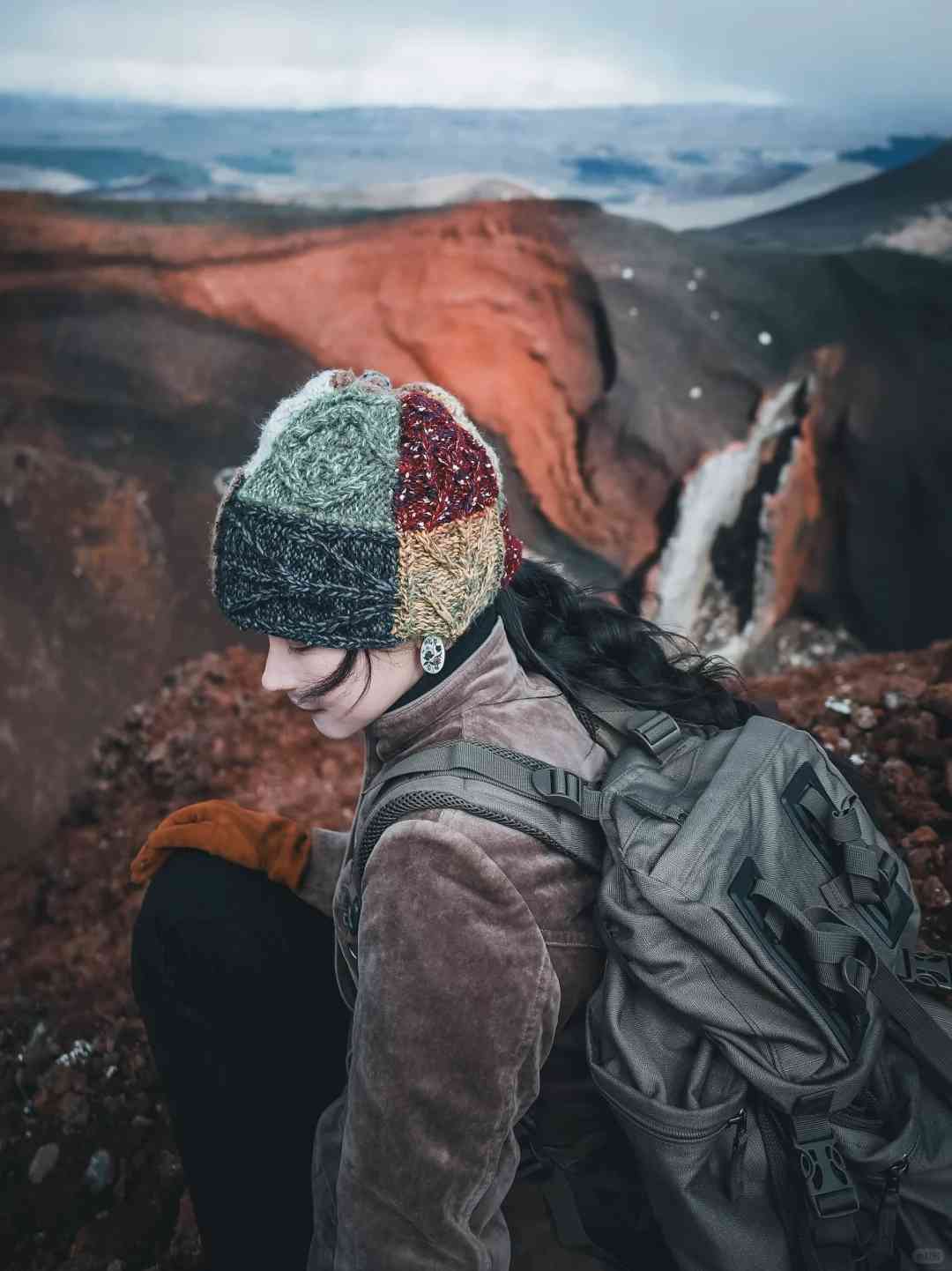
For me, the best way to descend is to invite the sunset as a companion. This time, I experienced a truly special twilight (Figure 12): the volcano seemed to throw out a small, full moon, and I walked alongside the burning dusk, bathed in its warm glow.
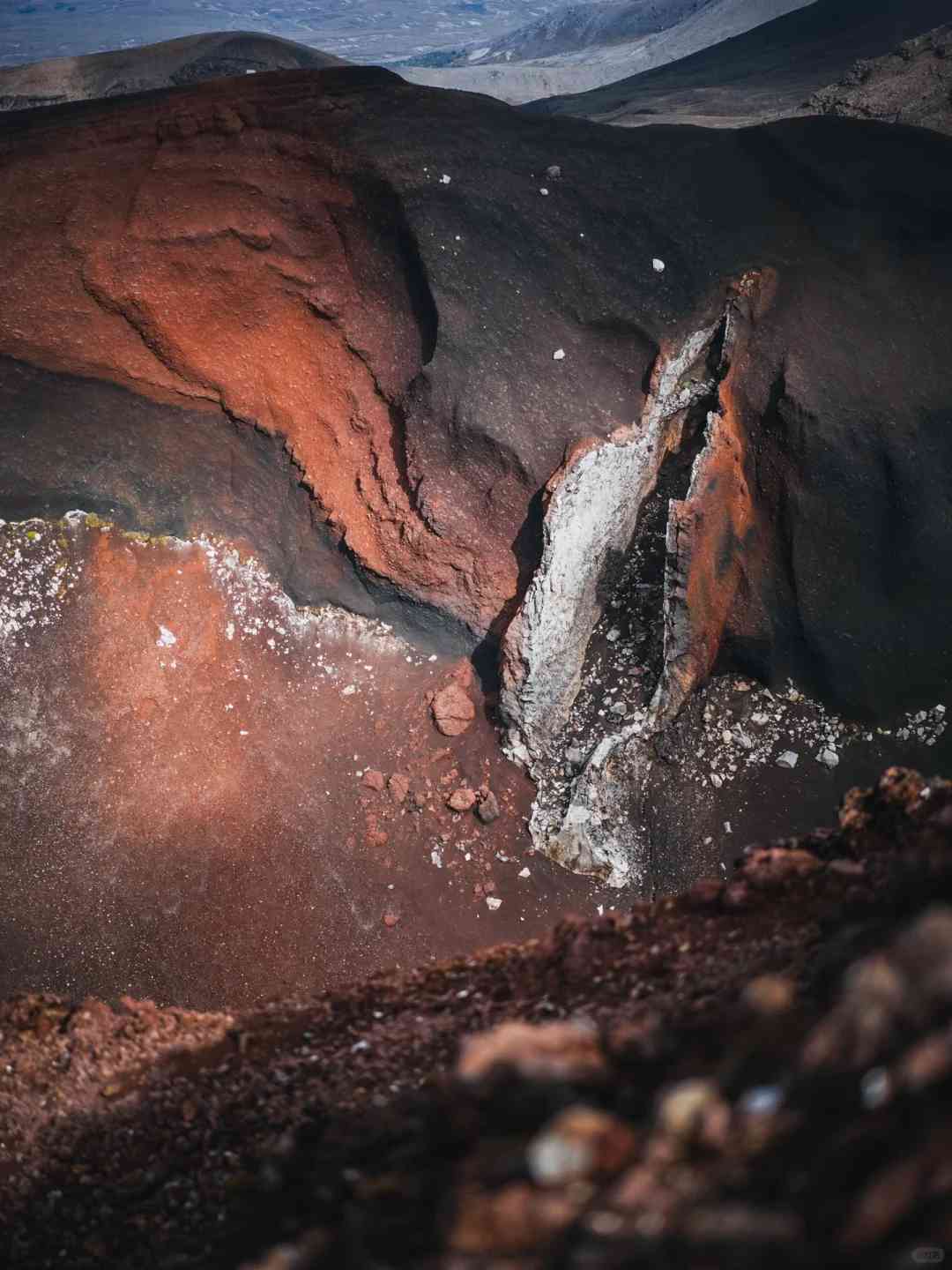
🌋TIPS🌋
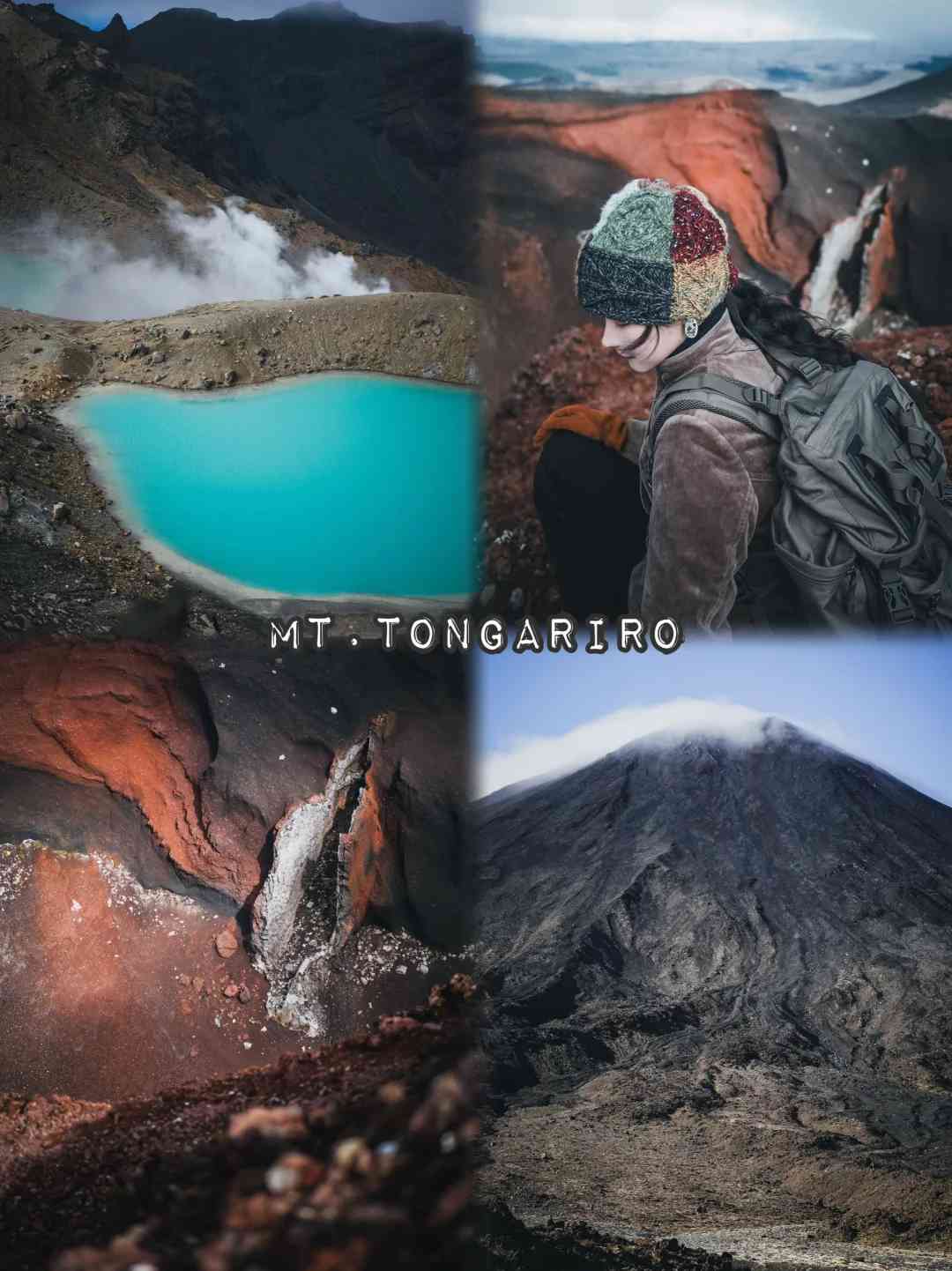
The Tongariro Crossing is New Zealand’s most popular one-day trek, spanning 20 to 22 kilometers with an elevation change of 1,106 meters. The route is well-marked and, barring extreme weather, is relatively easy for hiking enthusiasts or those who are physically fit. The only downside is the number of visitors it attracts.
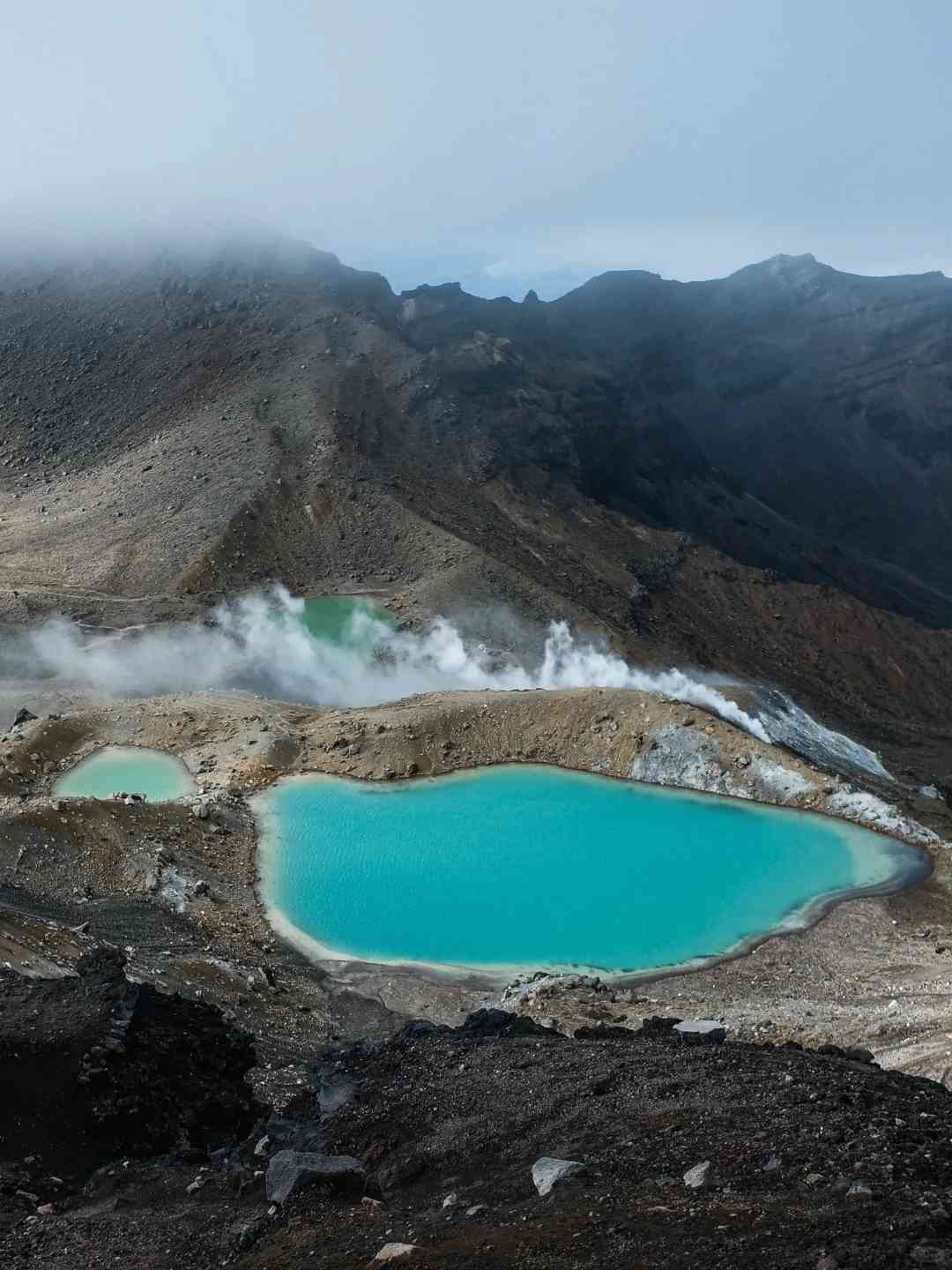
One of the main reasons I immerse myself in nature is to escape the crowds. For those who prefer solitude, here’s a tip:
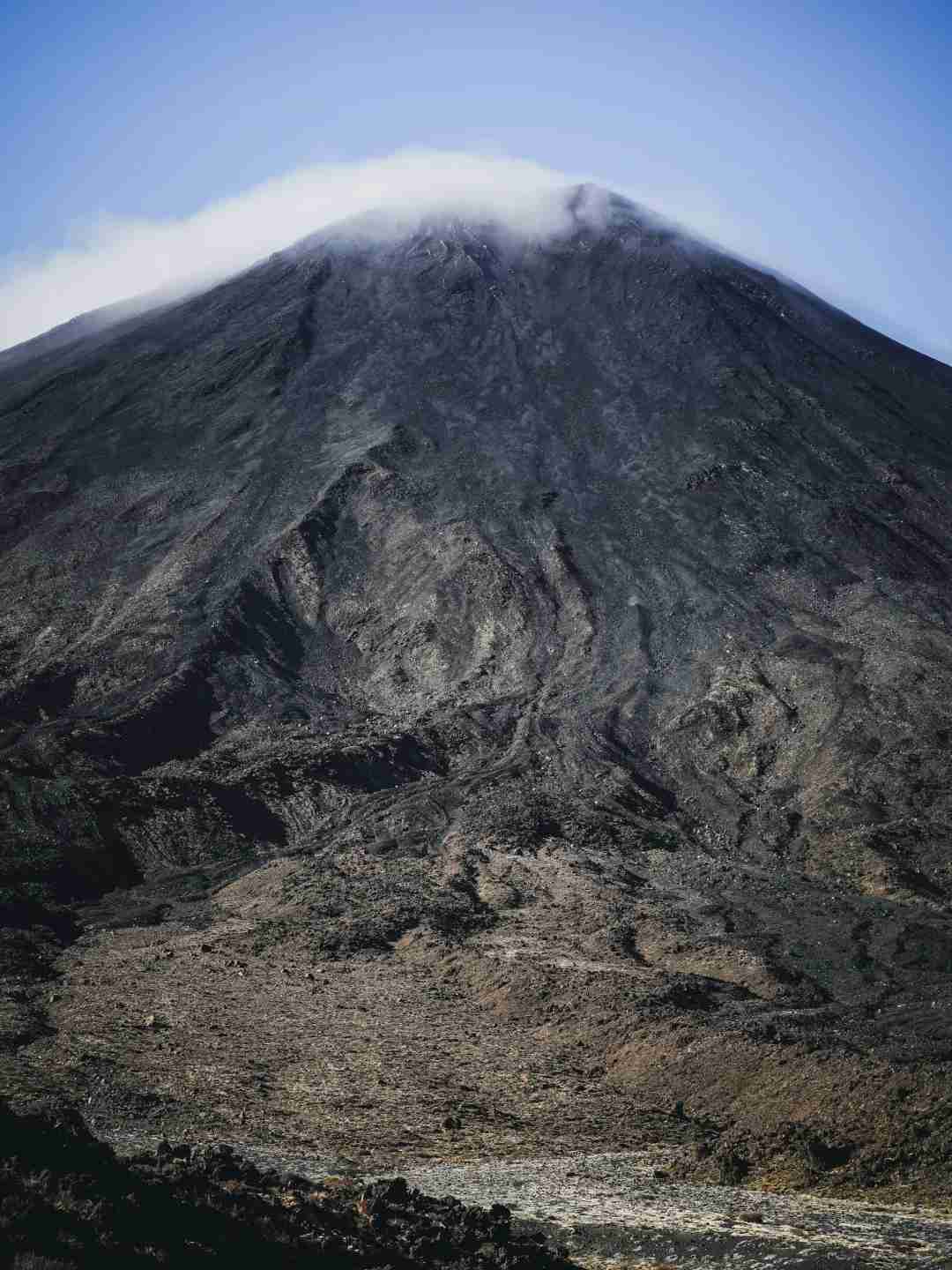
If you don’t mind walking at night, you can, like me, avoid the peak times. Most hikers start between 7 and 9 AM. By starting later or taking more breaks, you can trail behind the crowd and fully savor the stark and grand beauty of the apocalyptic landscape. In autumn, the sunset is between 5:00 and 6:00 PM.
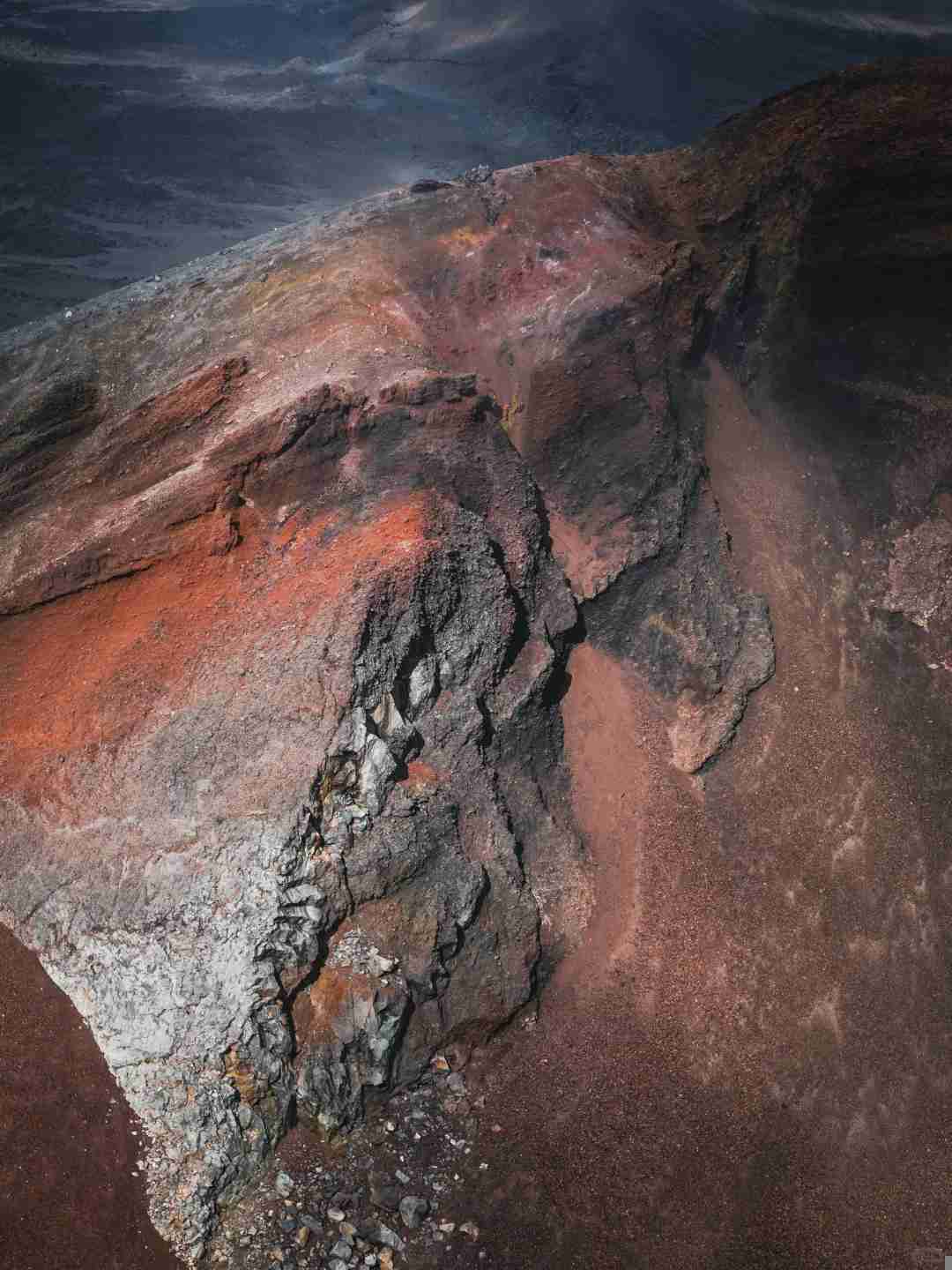
After watching the sunset, you can descend, leaving the last, less exciting forest path to the darkness. That section is just a regular dirt trail with steps, easily navigable with a headlamp.
🌋A Small Anecdote🌋
While waiting for the fog to clear at the crater, I met some lovely new friends. They noticed I hadn’t descended even after dark and came back to “rescue” me. When we met, they realized their rescue target was quite energetic… Sorry, I just love to take my time and watch the sunset before heading down. I was deeply touched by everyone’s kindness and warmth.
New Zealand’s wilderness is incredibly friendly, with no dangerous animals, and I can almost identify every bird call and type of vegetation stirred up by my footsteps. These sounds bring the echo of the spirit of nature, making the night walk feel safe and reassuring.

